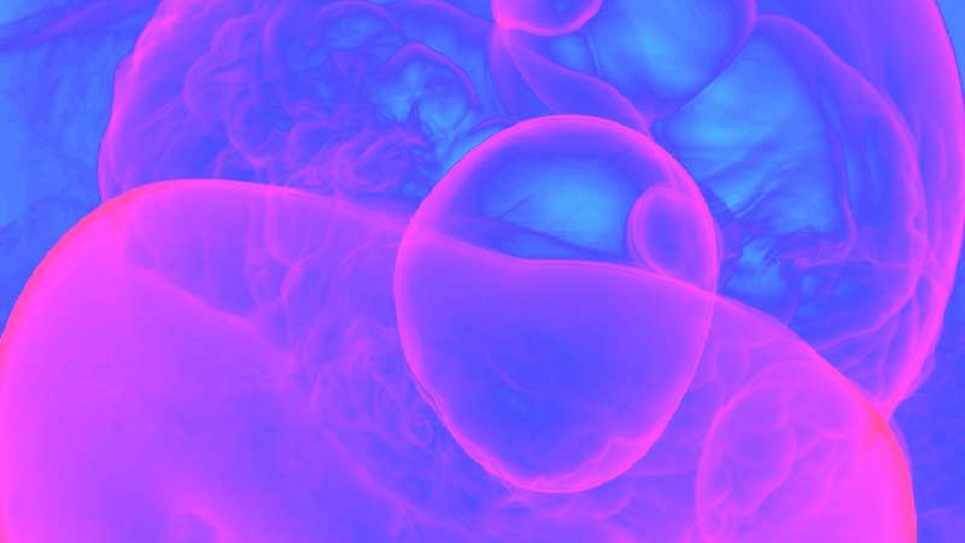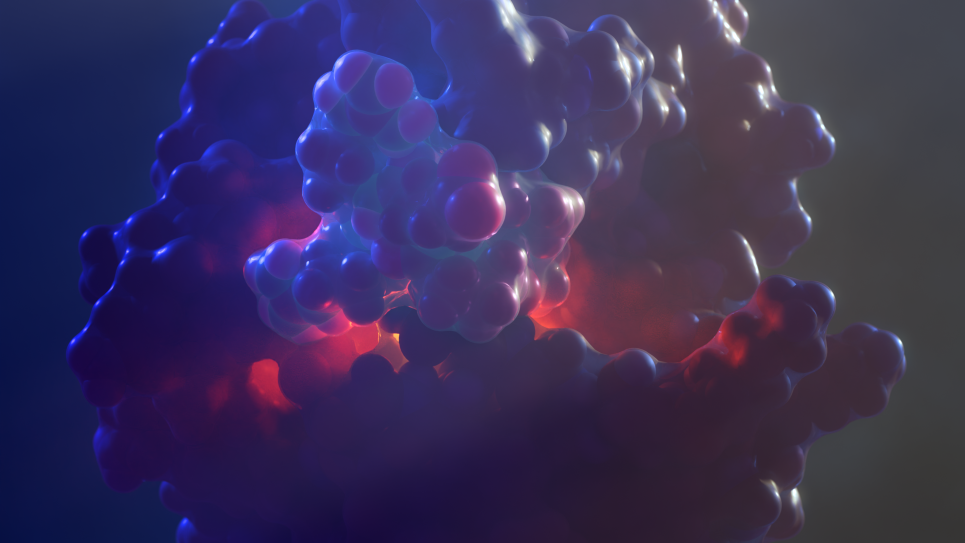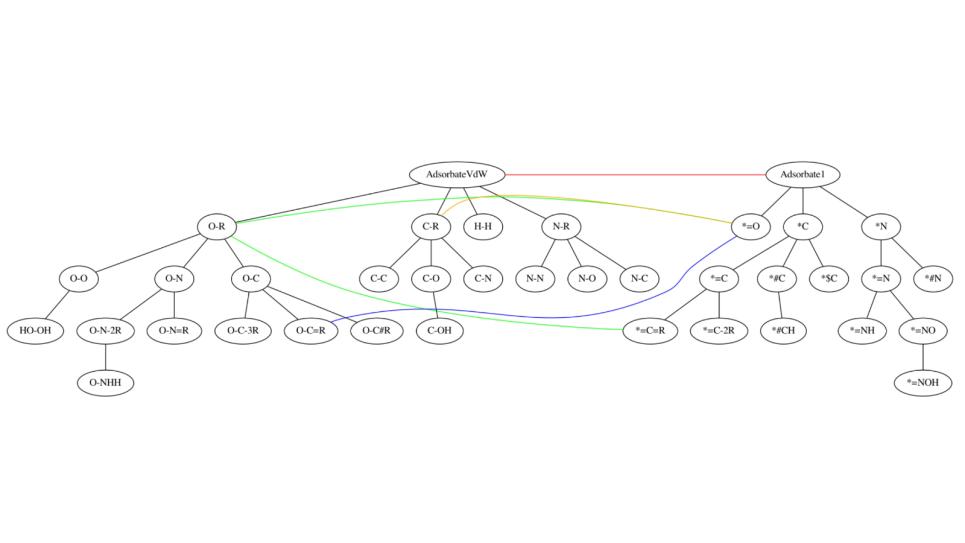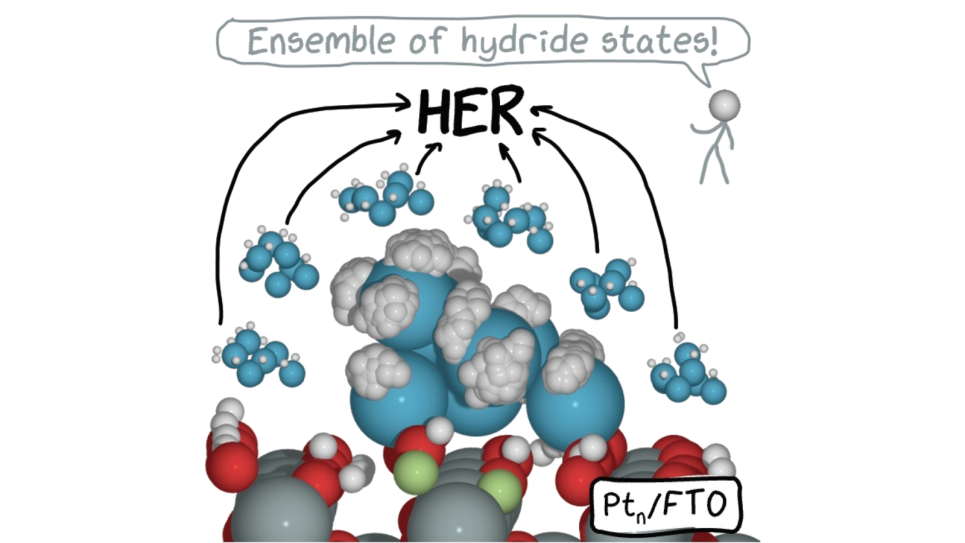
Simulations of Deflagration-to-Detonation Transition in Reactive Gases
Hydrogen is an abundant, environmentally friendly fuel with the potential to reduce our dependence on foreign oil, improve the environment, and boost our economy. In reactive gases, the process of transition from slow burning to detonation is called "deflagration-to-detonation" transition (DDT). Predicting DDT in various combustion settings is an outstanding combustion theory problem. High-speed turbulent deflagration, DDT, and resulting blast and detonation waves, present a significant hazard in environments related to fuel production, processing and delivery, power generation, and various types of transportation. The widespread commercial use of hydrogen, whether in fuel cells, internal combustion engines, or other devices, requires the development of new safety standards for gas handling, storage, and transport.
Previous research validated physics improvements of parallel performance and analysis results. It also used resources to drastically rework and improve the adaptive mesh refinement and load balance parts of the code, and successfully create a simulation of a weak ignition.
This project will provide direct numerical simulations aimed at understanding and predicting high-speed combustion and deflagration-to-detonation transition (DDT) in hydrogen-oxygen gaseous mixtures. DDT and the resulting detonation waves in hydrogen may have notably catastrophic consequences in a variety of industrial and energy producing settings including the production, transportation, and use of hydrogen fuel as well as the safety of nuclear reactors. Therefore, three-dimensional simulations of flame acceleration and DDT are planned. This research will also help in developing a step-by-step understanding of the fundamental physical processes of DDT.


